On a hilltop on the northwestern tip of Taiwan’s Kinmen Island stands the Beishan Broadcast Wall, a towering concrete structure dotted with 48 loudspeakers.
Decades ago, this sea-facing propaganda machine blasted songs by Taiwanese singer Teresa Teng – Asia’s late “eternal queen of pop” – across a 10-kilometer stretch of sea, her music aimed at residents of the mainland Chinese city of Xiamen.
Built in 1967, it was a key instrument in the cold war between the Communist Party on the mainland and Taiwan’s ruling Kuomintang. In addition to playing songs by famous Taiwanese singers, authorities broadcast speeches, some of which invited mainland soldiers to defect.
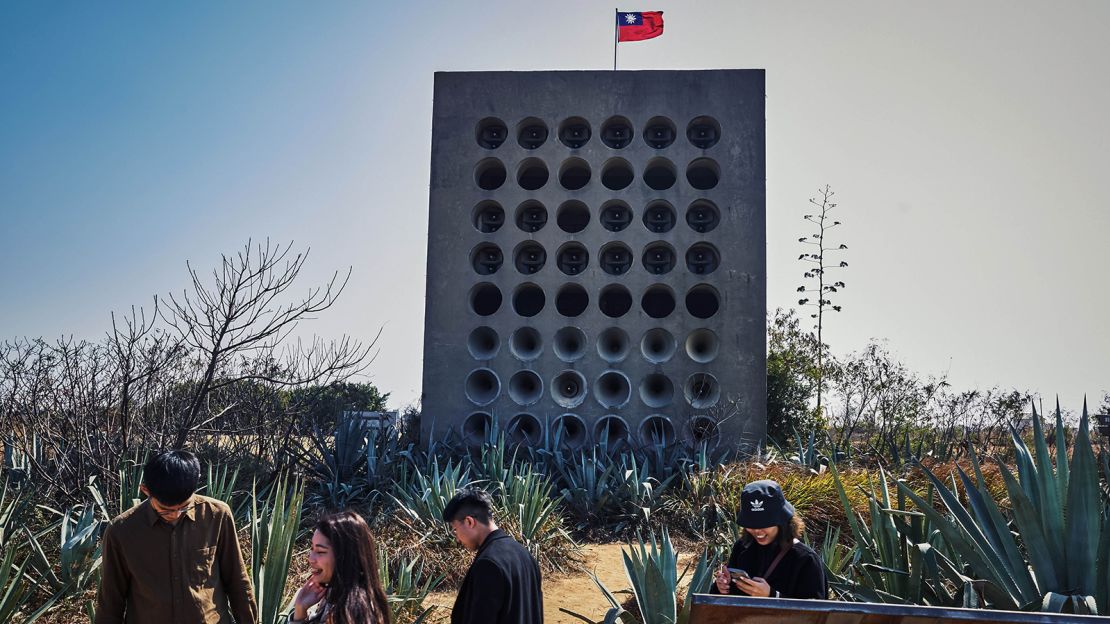
Loudspeakers in Xiamen returned the favor, blasting their own nationalistic messages across the water.
Why place so much importance on a tiny island?
Mainland China and Taiwan have been governed separately since 1949 following the Communist victory on the mainland after a bloody civil war, forcing the defeated Kuomintang – or Nationalists – to flee to Taiwan. Despite decades of political hostility, a shared cultural and linguistic heritage mostly endures.
But Beijing considers Taiwan to be an integral part of its territory, and comes down hard on any suggestions to the contrary.
Kinmen Island is part of the wider Kinmen County, which is made up of several islands and islets in the Taiwan Strait between the mainland Chinese city of Xiamen and Taiwan’s main island.
It’s actually closer to Xiamen though, making it a zone of strategic geopolitical importance for decades and, sporadically, the battlefield between the two sides.
Translated as “Golden Gate,” Kinmen was under military administration for 43 years, between 1949 and 1992. As cross-strait relations improved, the broadcasts on the former military base ceased in the early 1990s.
Kinmen’s unique history
In recent years, Kinmen’s islands and islets have become hugely popular tourist destinations for mainland Chinese thanks to the implementation of the “Mini Three Links” in 2001.
The name refers to the commencement of limited transportation, postal and trade relationships between Taiwan and the mainland via coastal cities – opening up Kinmen County and another set of islands, Matsu.

Evidence of Kinmen’s militarized past still populates the area, adding to its appeal as a destination for history buffs.
Seong-hyon Lee, director of the Center for Chinese Studies at South Korea Sejong Institute, visited Kinmen Island in 2019, and compares it to the Demilitarized Zone (DMZ) between the two Koreas.
“The term ‘Taiwan’s DMZ,’ is my own expression,” Lee tells CNN. “I think most Koreans who visit there will feel the same way.”
He says the loudspeakers, military barricades on the beaches and secret tunnels reminded him of the infamous no-man’s land between North and South Koreas. But he adds that there are many differences, too.
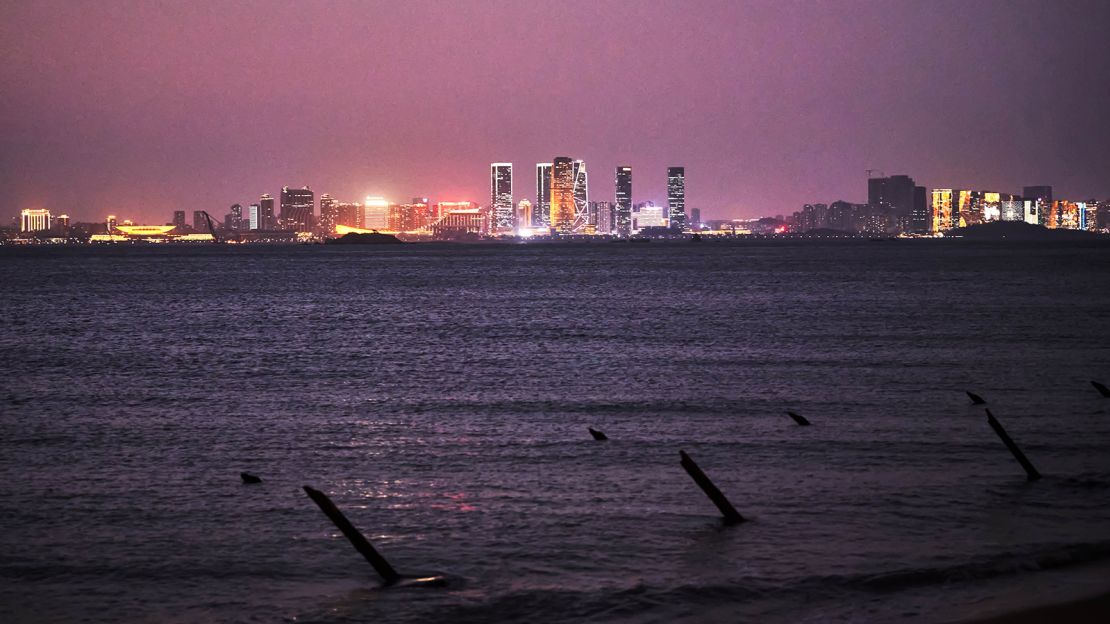
“Compared to the DMZ, Kinmen has a stronger image as a tourist destination than as the front line of a war,” says Lee.
“Although there are still troops stationed and many war-related stories as well as scenic spots, Kinmen has an old town where visitors can get a glimpse of the history of the local people.”
Military relics like the broadcasting wall have become major attractions for mainland Chinese tourists. The speakers still play Teresa Ting’s songs, but at a much lower volume and for tourism purposes only.
“During the early days, when Kinmen was under military administration, the island relied on the 100,000 soldiers to sustain the economy,” explains Chien-kang Ting, director of Kinmen County’s Tourism Department.
“As the military government was dismissed and most of the troops removed, Kinmen’s economy suffered. Ever since the opening of Kinmen (in 1993) to the general public, tourism has become the main lifeline of Kinmen’s economy.”
Kinmen Kaoliang Liquor, for example, was a military-run distillery founded in the 1950s. It’s now one of the best-selling liquors in Taiwan and is a must-visit tourist spot on Kinmen Island.
Meanwhile, artillery shells are now used to make the famed Kinmen knives, along with other popular household cookware items and souvenirs for locals and visitors alike.
Mini Three Links: Reconnecting mainland China and Taiwan
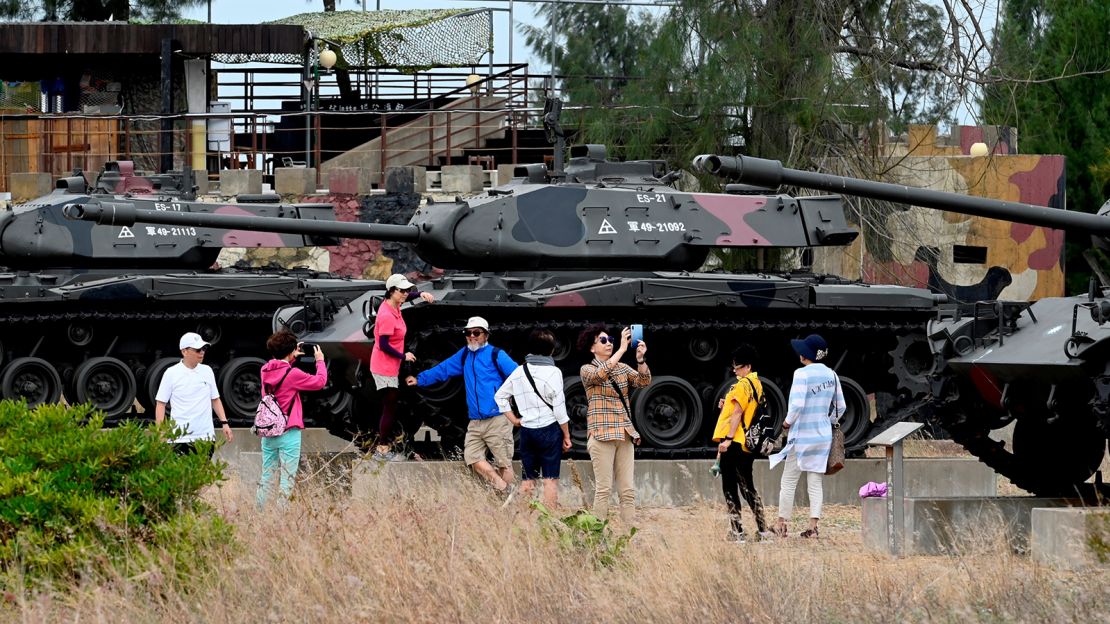
Because there was no direct connection between Taiwan and mainland China prior to the introduction of the Mini Three Links, Kinmen became one of the places “where exchanges between the two sides began,” says Lee.
“South Korean academics visit there to study the ‘Mini Three Links’ and how people across the strait engage in exchanges and live normal lives. So it is a destination for ‘study tours’ for South Koreans, given the virtually non-existent civil exchanges between the two Koreas.”
Since the easing of restrictions in 2001, Kinmen has opened up even further.
Travelers from mainland China have been allowed to travel there without applying for a permit in advance since 2015. Prior to the Covid-19 pandemic they were given landing permits upon arrival, whether by sea or air – a convenience not offered to those heading to Taiwan’s main island.
Direct flight routes also expanded, with more airlines offering flights to Kinmen Shangyi Airport from multiple mainland cities. Pre-pandemic, more than 40 ferries made the trip between Kinmen and nearby Xiamen each day.
“It opened a historic new chapter for Kinmen’s tourism industry,” says Kinmen Tourism director Ting. “It has become an important channel between the people on both shores. Kinmen’s local economic development relies heavily on the traffic brought forth by the Mini Three Links.”
The pandemic impact
Kinmen welcomed around 2.5 million tourists in 2019. Around 41% of those were from mainland China – a figure that was expected to keep rising.
However, the outbreak of Covid-19 has cast a shadow on the 20th anniversary of the Mini Three Links this year, as ties have been suspended since February 2020, with direct ferries and flights canceled.
“Incoming visitors via ‘Mini Three Links’ plunged by 93.96% in 2020,” says Ting.
The local travel market was brought to a standstill as well due to the pandemic.
“It was a big blow to Kinmen’s tourism industry in the first few months. Most people dared not to take a flight. So for a good half of the year, our business was zero,” says Leo Hung, owner of Huang Cuo San Ceng Lou, a bed and breakfast/restaurant famous for its Taiwanese taro dishes.
Prior to the suspension of the Mini Three Links, Kinmen received “record-high passenger numbers,” says a spokesperson from Kinmen Kaoliang Liquor.
“Transportation was almost at its full capacity every weekend. Half of Kinmen’s tourists were from the mainland so the stopping of the ferries have impacted Kinmen’s tourism industry significantly.”
But Kinmen’s tourism industry rebounded fairly quickly after the first few months, as Covid-19 was quickly contained in Taiwan and local tourism resumed.
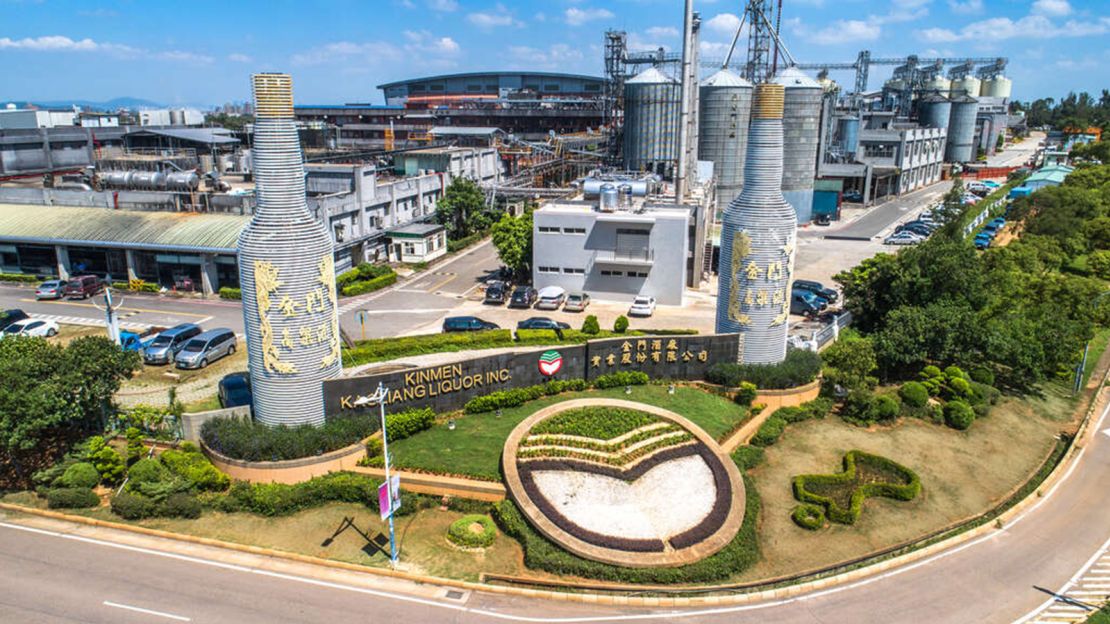
“The crisis posed a challenge, but also an opportunity for us to review the positioning of our industry,” says Ting.
The tourism office, together with the government, rolled out a range of travel vouchers and events to lure more Taiwanese tourists to Kinmen.
For example, the county introduced a “Calling Kinmen Veterans” campaign to encourage retired soldiers to revisit. Over 25,000 visitors and veterans traveled to Kinmen as part of the promotion, with the tourism industry raking in almost TWD 400 million ($14.3 million).
The county also worked with local operators to launch Taiwan’s first “cruise to nowhere,” inspired by the region’s many “flights to nowhere.”
It also subsidized young creatives to build their businesses and rejuvenate former military districts in 2020.
Their efforts paid off. By July, travel numbers had risen to 184,714 visitors. In August 2020, Kinmen received more visitors than in August 2019.
Kinmen Kaoliang Liquor’s spokesperson says their distillery experienced a boost as well and received a record number of visitors – more than 190,000 – in 2020.
What’s next for Kinmen County?

Learning from the impact of Covid-19, members of Kinmen’s tourism industry say authorities should expand their offerings and diversify their target audiences.
“The pandemic may continue to affect the world in the next year or two, so the government should develop more exquisite and unique Kinmen tourism offerings,” suggests Hung. “Also as an island economy, Kinmen has minimal sea-related tourism products compared to neighboring Penghu County.”
Kinmen’s tourism spokesperson agrees, saying more emphasis will be placed on boosting themed and experiential travel products – including journeys on water.
Ting reveals that Kinmen plans to host a summer music festival connecting arts, music and battlefields to create a youthful tourism brand and rejuvenate the tourism industry. They will also look to offer new natural attractions and promote lesser known attractions around the islands.
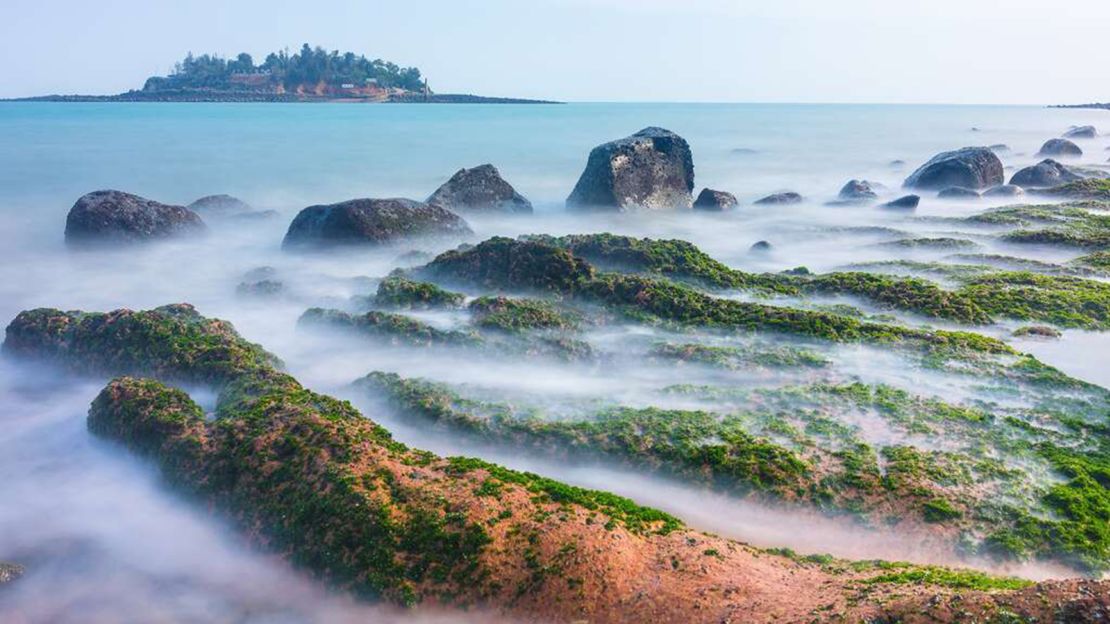
“Kinmen is home to abundant natural resources,” says Ting. “It is also free of light pollution. We are hoping to introduce night travel packages and encourage the industry members to launch starry night guided tours, showing travelers the beauty of nature in Kinmen.”
In addition to military heritage, Ting highlights Kinmen’s otherworldly and unique attractions as added enticements.
“Kinmen has many stunning exotic attractions. There’s the eye-catching Shamei ‘Morocco’ Old Street, Kinmen’s version of Mont-Sant-Michel (Jiangongyu Islet) and the ‘mini Great Wall’ – the Fengshang Patrol Division Fort,” says Ting.
“You’ll be immediately transported to somewhere else. It’ll completely overthrow what you had in mind about Kinmen.”



















